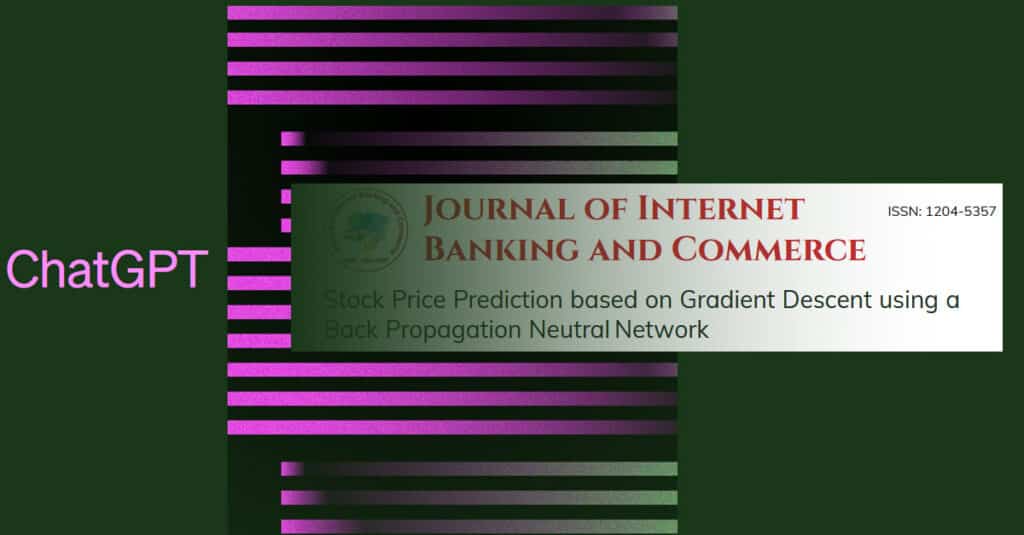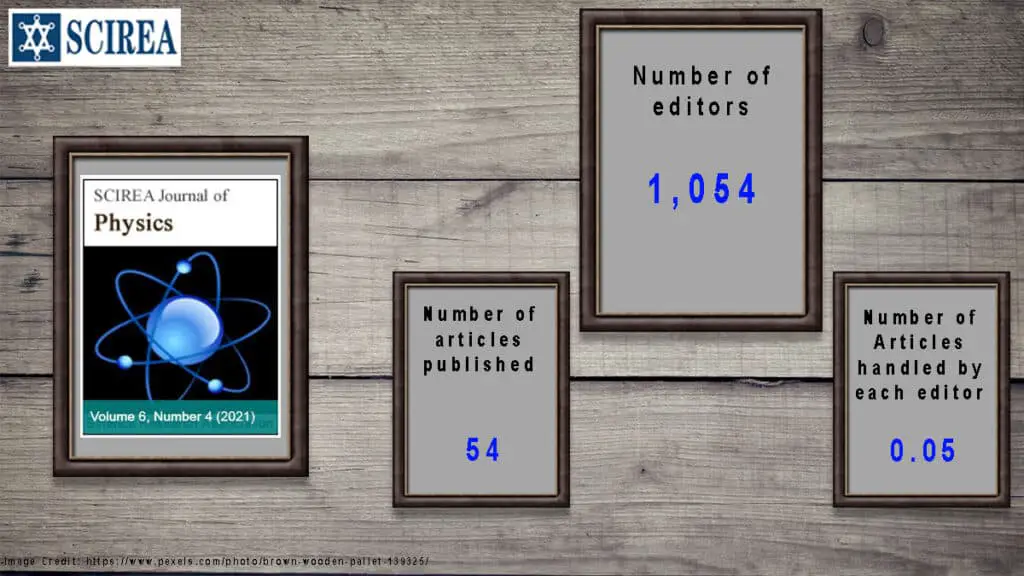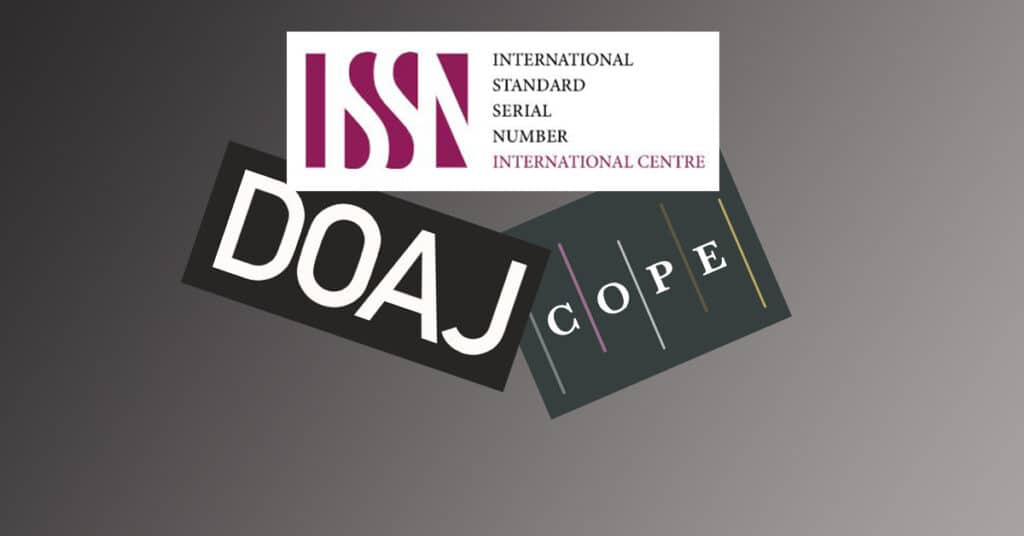Journal publishes a spoof Covid-19 paper
“Cyllage City COVID-19 Outbreak Linked to Zubat Consumption” is a spoof paper that was accepted and published in a peer reviewed journal. The paper even contained the sentence “Epidemiologists believe it highly likely that a journal publishing this paper does not practice peer review and must therefore be predatory”.









